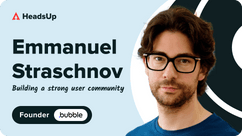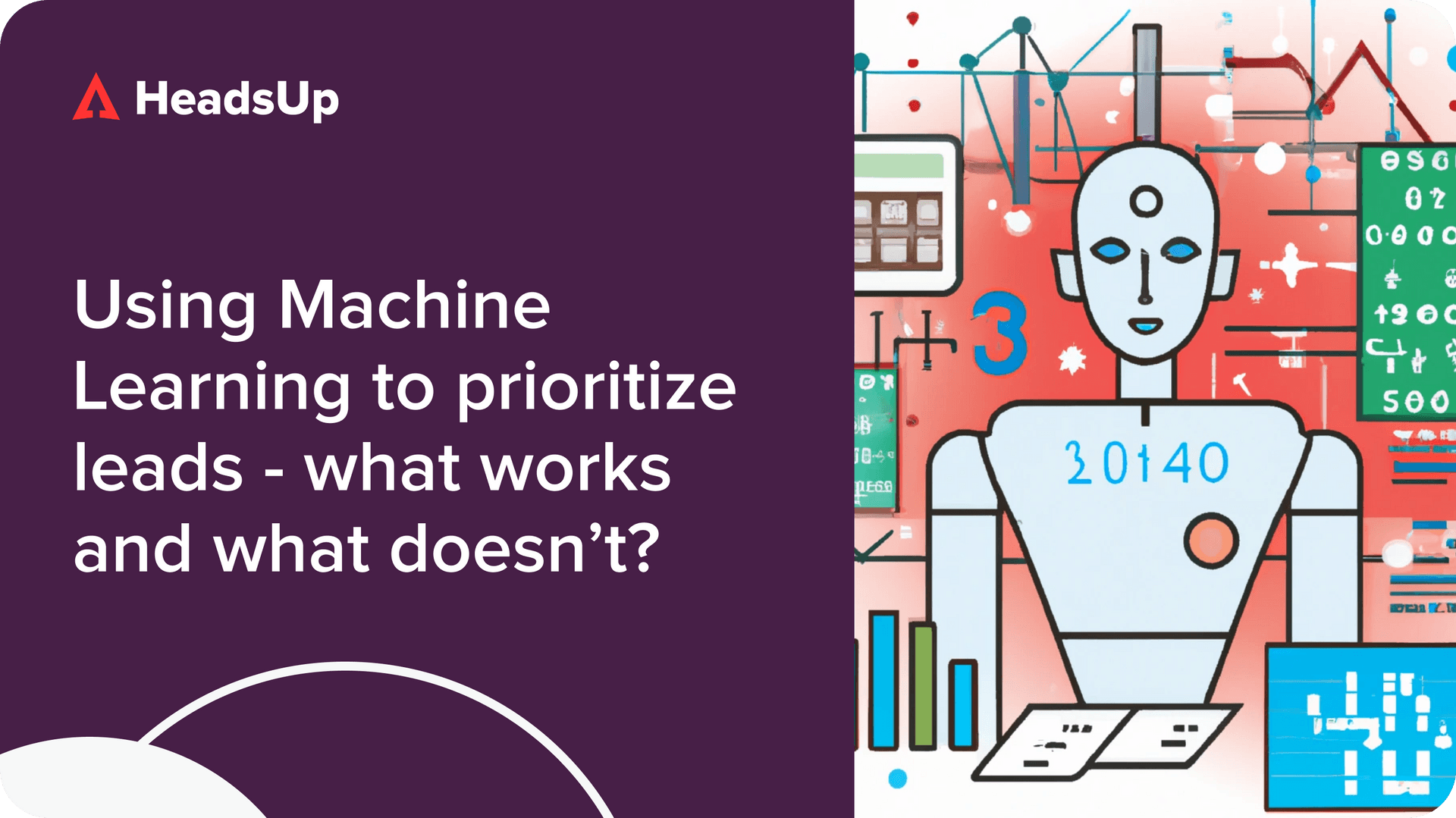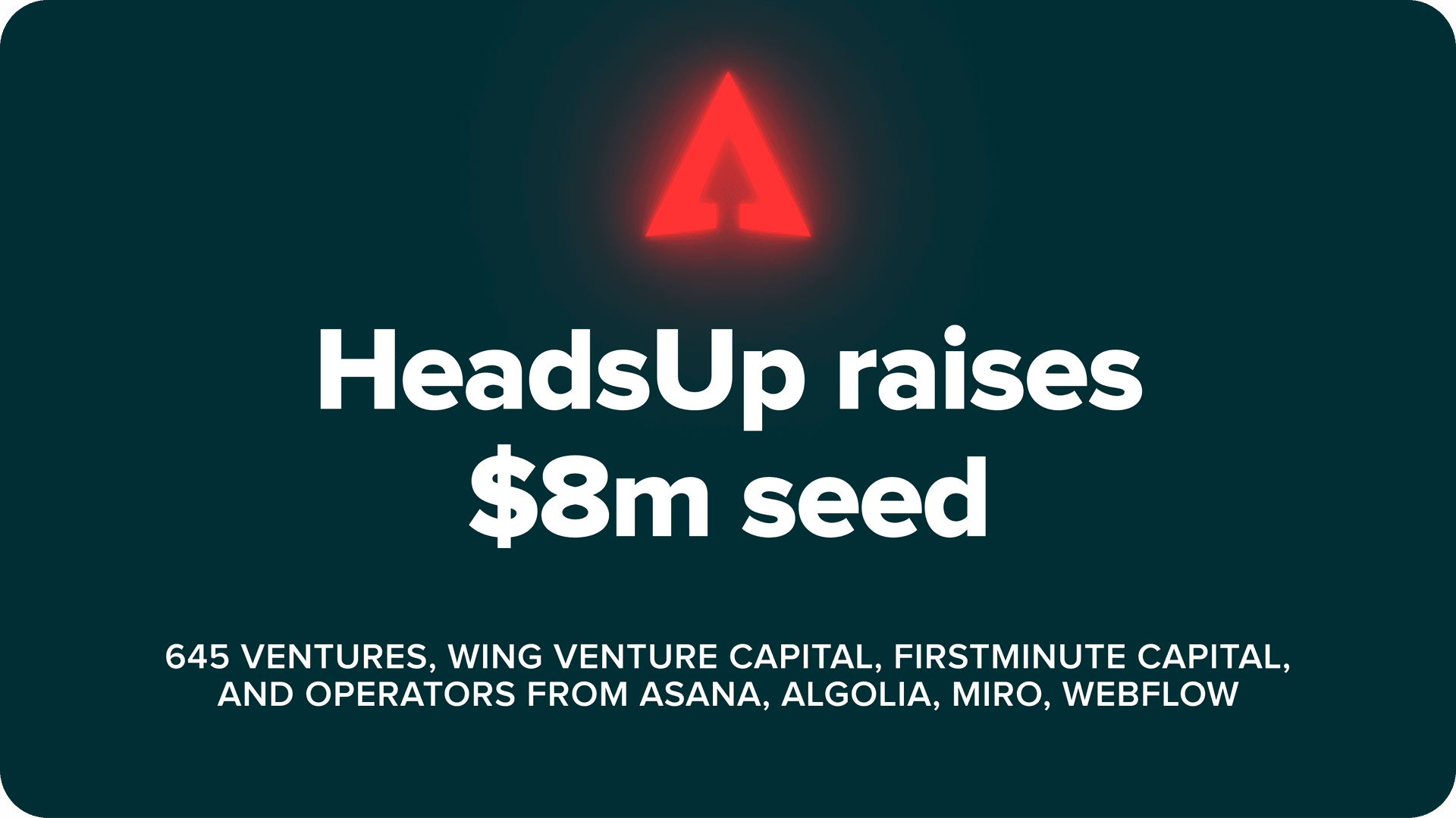Ask an average engineer today whether it’s possible for an entrepreneur to build and scale a web application with the functionality of Twitter or AirBnB without any programming background, and they’d likely tell you – no way.
But in fact – as no-code platform Bubble’s 1 million customers will attest strongly to – you absolutely can.
It is these powerful capabilities that Bubble places in the hands of non-technical founders and entrepreneurs without a programming background that has driven the company’s phenomenal successes – raising $100m in new funding in its recent Series A.
But the journey that co-founders Emmanuel Straschnov and Josh Haas took to get here was far from easy.
For the longest time, the company was just Emmanuel and Josh – the duo had basically bootstrapped it for most of the years leading up to the July 2021 fundraising. More importantly, there was much skepticism around about the no-code movement, and doubt about whether Bubble’s platform could truly replace the need for a technical co-founder or software engineers.
In a recent interview on our podcast, Emmanuel shared with us how building an authentic and engaged user community was key to the company’s early success and how it continues to be a core driver of growth.
Read on to understand how he did it and to find out whether it makes sense to pursue a similar strategy for your SaaS company.
Even today, if you ask an engineer, do you think you can build and scale something like Twitter on a no-code platform? They will always tell you no. But if one of your friends told you, yeah, I did it, and it works – then 100% you will believe it. If you trust your friends, your conversion is immediate, so it’s extremely powerful.
Emmanuel Straschnov, Co-Founder, Bubble
The early days of Bubble’s community
The roots of Bubble’s community grew out of a simple problem Emmanuel faced – he was a one-man customer support team who was struggling to promptly respond to an increasing volume of requests for help from early users who were trying to figure out how to best use Bubble’s relatively novel and complex product.
“I was going crazy,” Emmanuel recalled, “ I had too many emails, and had other things to do like building the product, fixing bugs and everything.”
Emmanuel figured that instead of addressing each and every question individually himself, a forum would help serve more requests in a less time-consuming way. Apart from technical bugs, Emmanuel directed all questions to the forum, and focused on answering them publicly rather than over personal email.
“We had a very collaborative approach with our users – they knew that it was just basically me answering everything and they knew that if I was spending time answering them, I wouldn’t be able to build the product,” Emmanuel reflected.
After 3-4 months of Emmanuel responding to basically every question on the Bubble forum on his own, the seeds of collaborative culture bore fruit. Users, rather than Emmanuel, were increasingly the ones answering questions, and the forum over time established itself as the avenue users would turn to for help.
When I started the forum in 2015, it was just a way to outsource some of the help that customers will ask from me to the community. So, it wouldn’t help with bugs of course, you would still need to come to me to fix them. But when someone asks ‘hey, how can I do this? What do you suggest as the best approach – I would tell them, can you go copy paste your question on the forum.
Emmanuel Straschnov, Co-Founder, Bubble
Community as Bubble’s highest return on investment
Beyond doing the work of a customer success team, Bubble’s community also soon became a powerful marketing asset.
In a context where no-code was still a very nascent idea, a big challenge Bubble faced was skepticism that its solution was actually viable.
“You have to remember how skeptical people are about tools like this,” Emmanuel underlines. “Today, no-code may be hot on TechCrunch, and investors and people are talking about it. But the truth is, even today, if you ask an engineer do you think you can build and scale something like Twitter on a local platform? They will always tell you no.”
This made marketing extremely challenging for Bubble. “If I put, say, a billboard somewhere or an ad on Facebook saying ‘build Twitter, without code,’ a lot of people would say ‘Yeah, sure, that’s just marketing, I don’t believe it,” Emmanuel explains.
With a significant prevailing deficit in trust and credibility, Bubble had only its existing users to lean on to validate that it actually worked.
If one of your friends tells you, yes, I actually did it, and it works, 100 percent you would believe it. If you trust your friends, the conversion is immediate, and it’s extremely powerful. So we want to keep pushing the community.
Emmanuel Straschnov, Co-Founder, Bubble
The advocacy of members of Bubble’s user community ultimately became one of the only, and the most effective way for Bubble to convince other non-technical entrepreneurs that the product actually could work for them and help them build a product without hiring a single engineer.
Till today, Bubble, which hit 10 million dollars in ARR in 2021, relies mainly on organic referrals for its new customer acquisition. “80% of our paying customers come for free,” Emmanuel notes, “and a lot of them from our community.”
Keeping the Bubble community authentic
As Bubble’s community continues to scale rapidly, new challenges have emerged. The forum, which now sees 300-400 posts a day, is also now host to some commercial interactions – trainers and freelancers now offer paid help to other users.
“You have to be careful not to change the spirit of the community,” Emmanuel reflects. “Because our community is extremely genuine, and even though there’s a commercial aspect to it, it still stays genuine and friendly. People want to help each other, and we want to keep this because, again, it is the most powerful tool to drive conversions.”
In fact, a central tenet of Emmanuel’s long-term vision for Bubble is to focus on investing in the broader community of users and no-code enthusiasts and tinkerers, even those who will not ever pay to use Bubble. For Emmanuel, Bubble is not just about making money in the short-term, but institutionalizing a fundamentally new way of building apps that is accessible to the non-technical community.
For that reason, Emmanuel is committed to continuing to keeping Bubble a self-serve product at its core – to make it easily accessible to a wide range of users, and for free.
I’m not trying to build a no-code company, I’m trying to build a new way to program, which means having hundreds of millions of builders at some point, regardless of how much they pay. At some point, a large company using us or high school student building projects with Bubble is just as valuable to us because it comes down to how many humans know how to use Bubble and have the Bubble skill set. To do that, you need to be self-serve, and free.
Emmanuel Straschnov, Co-Founder, Bubble
When a community-led growth strategy makes sense
The idea of “community-led growth” has gained much popularity recently; and founders and go-to-market leaders may be wondering if they should start building one for their SaaS company.
Here, Emmanuel offers a word of caution. User communities work best, he suggests, for products which tend to be more complex and that require significant learning. For products like Bubble, where there are multiple ways to achieve similar outcomes, users often benefit from discussing what they’ve tried and learning from each others’ mistakes or best practices.
On the other hand, they probably will be less effective for simpler products. “I’ve seen startups trying to start communities where the product is mostly something where you pay, set it up once and it runs, like automation tools for instance,” Emmanuel observes. “I’m not sure this is actually worth investing too much in; a community feels forced if people feel like they are being put together but there is actually not too much for them to talk about.”
But if you do feel that a community truly makes sense for your product, here are two pieces of advice from Emmanuel on starting one.
First, a community does not start itself, and it takes real time commitment if you are running it. Initially, you may find yourself the only one really posting and answering questions. And you will need to be extremely diligent in providing quick responses to users’ questions to encourage them to keep coming back.
Second, you need to identify champions, who may be more involved than others in answering posts in the community. It is important to build strong relationships with these champions by recognizing their role and also prioritizing their problems and fixes when they need something from you – in return for their help in guiding new users.
If you found this article helpful and want to hear more that Emmanuel had to say – do have listen to the podcast. If no-code has piqued your curiosity and you want to learn, check out the Emmanuel’s no-code manifesto and the stories on the Bubble blog.


